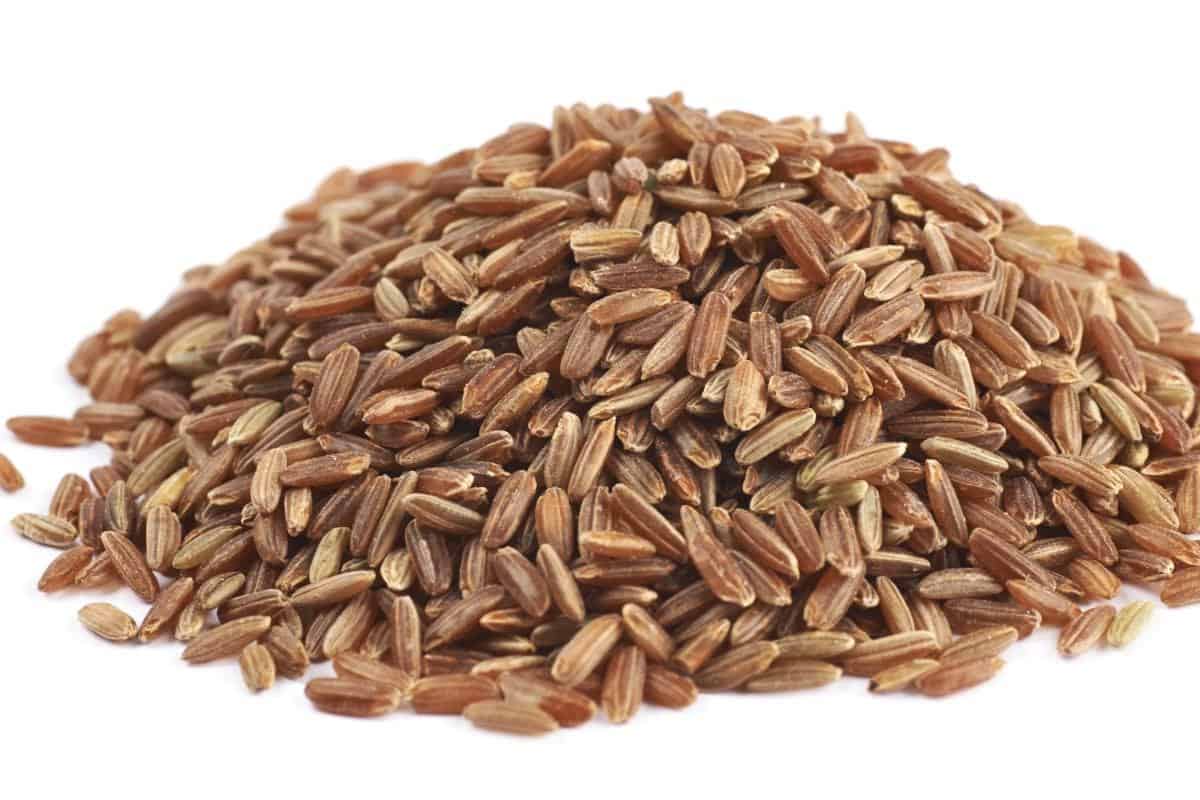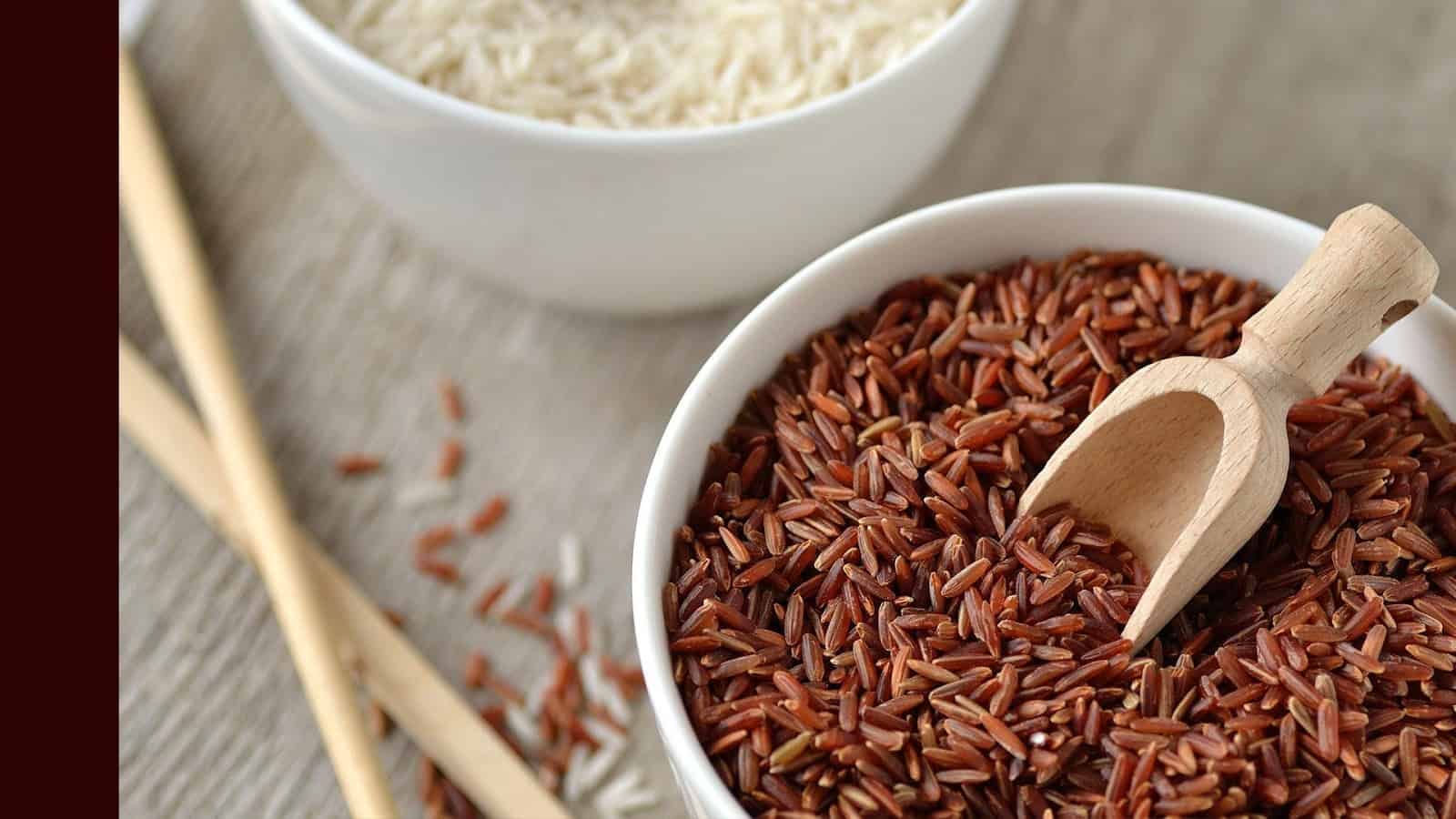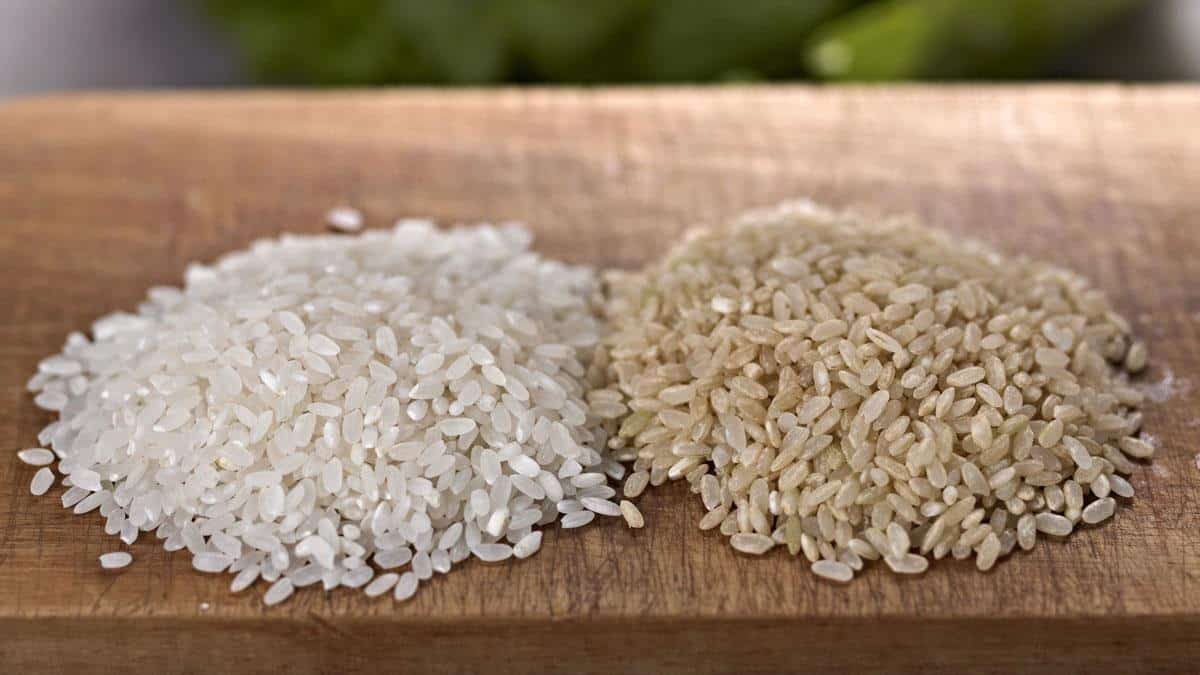Have you ever fed your canine with brown rice? If not, you should unquestionably consider introducing this grain to its diet. It is plentiful in vitamins, minerals, and fiber, which come from the bran parts.
Despite its high nutritive value, the calorie amount of this ingredient has proven high as well. Therefore, brown rice is best served in small portions to canines but large enough to provide its many benefits. No spices, onions, garlic, and other seasonings should be added during the cooking process. The meal must be bland to avoid the toxic effects of some ingredients.
Here is everything you need to know about giving brown rice to your canine.
What are the benefits?
Contents
Even though many canine owners are skeptical about feeding their pets with brown rice, there is nothing wrong with including this grain in their diets. It optimizes the function of the digestive tract because it is a natural source of fiber. The bran parts of the grain increase the fiber content and help dogs, particularly those that are overweight, to feel satiated. Also, it improves bowel movements and stimulates digestion.
Furthermore, brown rice is packed with vitamins and minerals, which benefit the overall health of these furry animals. For instance, this grain is an abundant source of vitamin B, vitamin D, vitamin E, and vitamin K. Regarding minerals; it contains calcium, iron, manganese, magnesium, phosphorus, riboflavin, niacin, folic acid, potassium, calcium, selenium, and several others. These are all essential for promoting a healthy heart. See this URL, https://www.healthline.com/nutrition/brown-vs-white-rice, to check out the difference between brown and white rice.
Another health benefit of feeding your canine with such a grain is the boost in energy it provides. Due to having an easily digestible nature, this carbohydrate increases the energy levels in dogs and enhances their cognitive function.
Moreover, this food source is not processed but entirely natural. It is free of gluten, which makes it an ideal addition to the nutritive plan of your fluffy friend. In comparison to white rice, it is higher in protein while lower in fat. Hence, owners can use it to regulate the weight of their dogs. It provides plenty of antioxidants as well, which fight free radicals and impede serious diseases like cardiovascular disease and cancer.
In addition, this carbohydrate not only stimulates bowel movements but also induces the growth of healthy bacteria in the intestines. Your fluffy canine will start pooping less frequently, while his feces will become less odorous.
Last but not least, the skin of canines also stands to gain from brown rice. By consuming this carbohydrate daily, dogs are likely to stop suffering from skin allergies, hair loss, redness, and itching.
How much brown rice can your dog eat?
The amount of this ingredient that you can feed to your canine depends on the age, weight, size, and activity levels of your lovely pet. Despite its nutritional value, brown rice is high in calories. Therefore, the serving size should be calculated in accordance with the ten percent treat rule. It means the daily calorie amount of this grain should not exceed more than ten percent of the entire calorie intake.
By feeding large amounts of brown rice to canines, they might gain a couple of extra pounds in a very short time. Therefore, remember to factor in the activity and weight of your pet while doing portion calculations. Make sure you look out for signs of allergies as well. Although allergies to this ingredient are considered rare, you should be aware of the potential symptoms, such as itchy skin, hair loss, ear infections, etc.
How to add brown rice to its diet?
There are several ways in which you can incorporate this grain into your canine’s diet. You can cook brown rice in the same way you’ll be cooking it for yourself, only excluding the spices and seasonings. It can be mixed with the other foods or served on the side. A small portion of this grain should be fed to canines no more than three times a week.
Nevertheless, if you lack time to cook this meal several times a week, you can purchase kibble that contains this grain along with other ingredients. There are plenty of kibble brands, such as the Hungry Bark, offering personalized meal plans. Some of the most popular kibble brands mix brown rice with carrots, spinach, kelp, cranberries, and turkey.
Many owners wonder whether they can give this whole grain to their canines for an upset stomach. You are allowed to do so after fasting your pet for a minimum of twelve hours. Once the fast is over, you can service boiled chicken and brown rice to your sick companion as a form of a bland meal. Bland meals are necessary after your pet starts feeling better to avoid making its stomach even more upset.
Are there any precautions to take?
Dog owners must be aware of certain precautions when cooking brown rice for their canines. For example, you are not supposed to add seasonings or spices. Also, make sure not to add butter while cooking it. Another piece of advice is to skip the salt and ingredients like onions and garlic. Keep in mind that these ingredients are toxic to animals.
Brown vs. white rice
Another thing pet owners are curious about is the difference between brown and white rice. The latter is considered tastier but less nutritive, as it has no bran. Nevertheless, the presence of bran is what makes the former grain highly nutritive and beneficial.
Some dogs are not fond of the texture of the former, given it is more difficult for them to chew. They might like the latter better because of its smooth texture. Anyhow, you can try mixing the grain with other foods to mask the chewiness or administer it as kibble.
A final note
This grain is an amazingly rich source of fiber, vitamins, and minerals.
Your dog would be much healthier!




